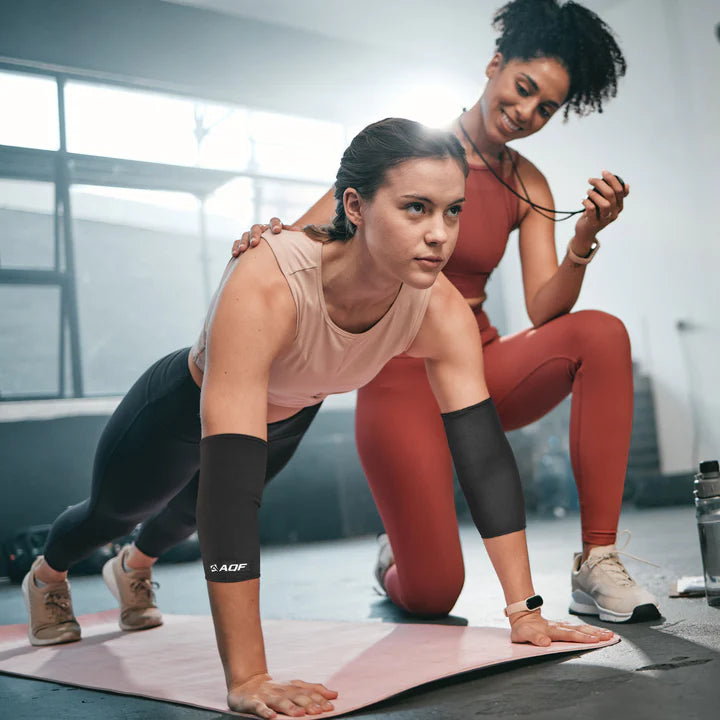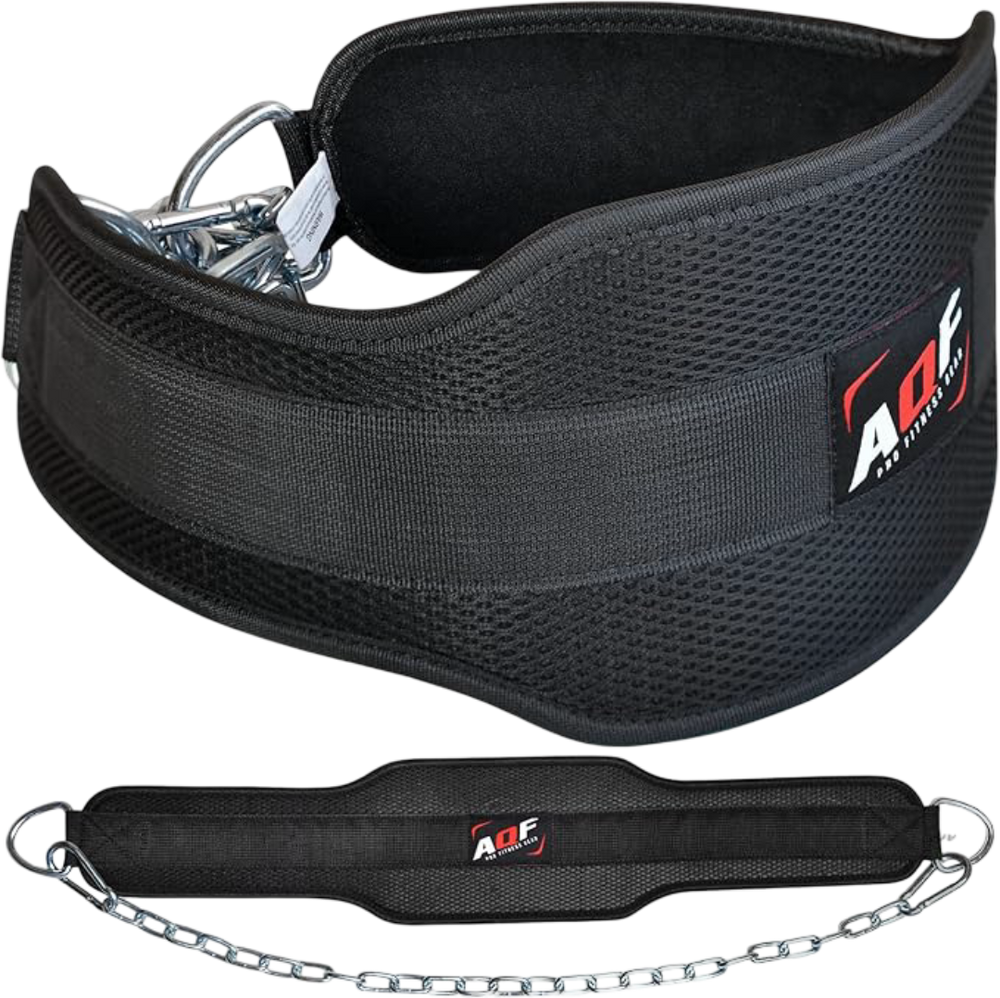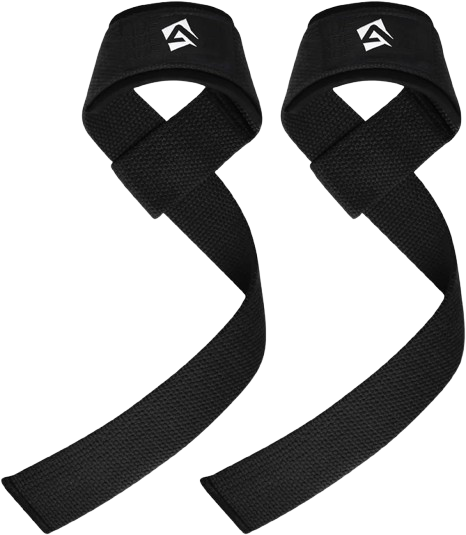Elbow Wraps vs. Sleeves for Weightlifting – Which Should You Use?

If you’ve ever been halfway through a heavy bench press or overhead lift and felt your elbows start to give in — that sharp, nagging discomfort that kills your set — you know how frustrating it can be.
Your muscles still have power, but your joints are holding you back.
That’s where elbow wraps and elbow sleeves come in.
Both are designed to support and protect your elbows, but they work in different ways — and choosing the right one can make a big difference to your performance, comfort, and long-term joint health.
In this guide, we’ll break down:
- How each works
- The pros and cons of wraps vs. sleeves
- When to use each
- How to get the best results while keeping your elbows healthy
Key Takeaways
- Elbow wraps: Maximum stability for heavy, max-effort lifts.
- Elbow sleeves: Comfortable compression and warmth for daily training.
- Overusing wraps can reduce natural joint strength.
- Sleeves help prevent tendon stress and speed up recovery.
What Are Elbow Wraps and Elbow Sleeves?
Elbow Wraps
Think of elbow wraps as reinforcements for your joints.
Made from tough elastic materials like cotton blends or polyester, they’re typically 3–4 metres long. You wind them tightly around your elbows to limit movement and provide rock-solid stability.
Best for:
- Heavy singles
- Max-rep attempts
- Powerlifting sessions
When the bar gets heavy, wraps keep your elbows from wobbling, helping you lift more safely and efficiently. In fact, a 2018 strength training study found that lifters wearing wraps could lift ~6% more weight, complete more reps, and handle greater total volume — though they did report a bit more tightness or discomfort.
Pro tip: Save wraps for your heaviest sessions (85%+ of your 1RM). They’re a tool for performance, not a crutch for every workout.
Elbow Sleeves
Elbow sleeves are simpler but incredibly effective.
Usually made from neoprene or breathable nylon blends, they slide over your arm to provide light, uniform compression and steady warmth.
Benefits include:
- Improved blood flow during warm-up
- Reduced tendon strain during training
- Faster recovery after workouts
They don’t restrict movement, so you can wear them comfortably for long sessions or multi-joint exercises like push presses, dips, and pull-ups. Research on compression garments shows they can reduce joint pain and inflammation — especially for tendon-related issues.
Wraps vs. Sleeves – Pros and Cons
|
Feature |
Elbow Wraps |
Elbow Sleeves |
|
Compression |
Adjustable and very firm |
Mild, even pressure |
|
Best For |
Heavy max-effort lifts |
Everyday training and recovery |
|
Joint Comfort |
Can feel restrictive over time |
Comfortable, breathable |
|
Setup Speed |
Slower — needs winding |
Quick slip-on |
|
Injury Support |
Excellent stability, less mobility |
Helps prevent strain, maintains mobility |
|
Long-Term Use |
May reduce natural joint strength if overused |
Promotes sustainable training and tendon health |

1. Compression & Stability
Wraps: Lock your elbow joint in place, reducing side-to-side movement. Perfect for lifts like the bench press where joint stability can mean the difference between hitting a PR and missing it.
Sleeves: Provide consistent pressure without limiting your range of motion. The compression improves circulation, keeping tissues warm and ready for work.
2. Best Use Cases
Wraps: Ideal for low-rep, high-weight sets — think 1–5 reps at 85%+ of your max.
Sleeves: Perfect for volume work, functional training, or injury prevention.
3. Training Comfort & Convenience
Wraps: Finding the right tightness takes practice. They can shift mid-session, meaning you may need to stop and readjust.
Sleeves: Zero-fuss. Pull them on, train, and forget they’re there. No slipping, no constant fixing.
4. Injury Prevention & Recovery
Wraps: Protect joints under extreme load but don’t actively improve recovery. Over-reliance can slow the development of stabilising muscles.
Sleeves: Aid recovery by keeping joints warm and reducing micro-strain during repetitive work — especially useful for athletes managing tendonitis.
Who Should Use What?
Choose Elbow Wraps if:
- You regularly train at very high intensities
- You’re chasing new personal bests
- You compete in strength sports and need every bit of joint stability
Choose Elbow Sleeves if:
- You train frequently with mixed rep ranges
- You value comfort and joint protection across all sessions
- You’re recovering from or preventing elbow injuries
Many lifters use both — sleeves for everyday training, wraps for the big lifts.
FAQs
Q: Can I wear wraps and sleeves at the same time?
You could, but it’s usually unnecessary. Pick the one that suits your training for the day.
Q: Are sleeves good for injury recovery?
Yes. They help with blood flow, reduce tendon stress, and speed up healing. For serious injuries, see a medical professional first.
Q: How tight should wraps be?
Tight enough for stability, but not so tight that you lose circulation or can’t bend your arm comfortably.
Final Thoughts
Elbow wraps and sleeves aren’t an either/or choice — they’re different tools for different jobs.
If you want joint stability and strength for PR attempts, grab wraps. For everyday comfort, joint protection, and recovery, sleeves are your go-to.
🎯 Train harder and smarter with AQF Sports elbow wraps and sleeves — engineered for durability, comfort, and performance.
Shop AQF Elbow Support Gear and keep your elbows strong for every lift.





